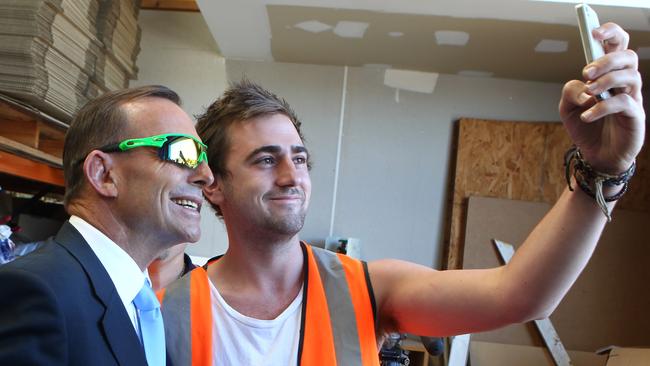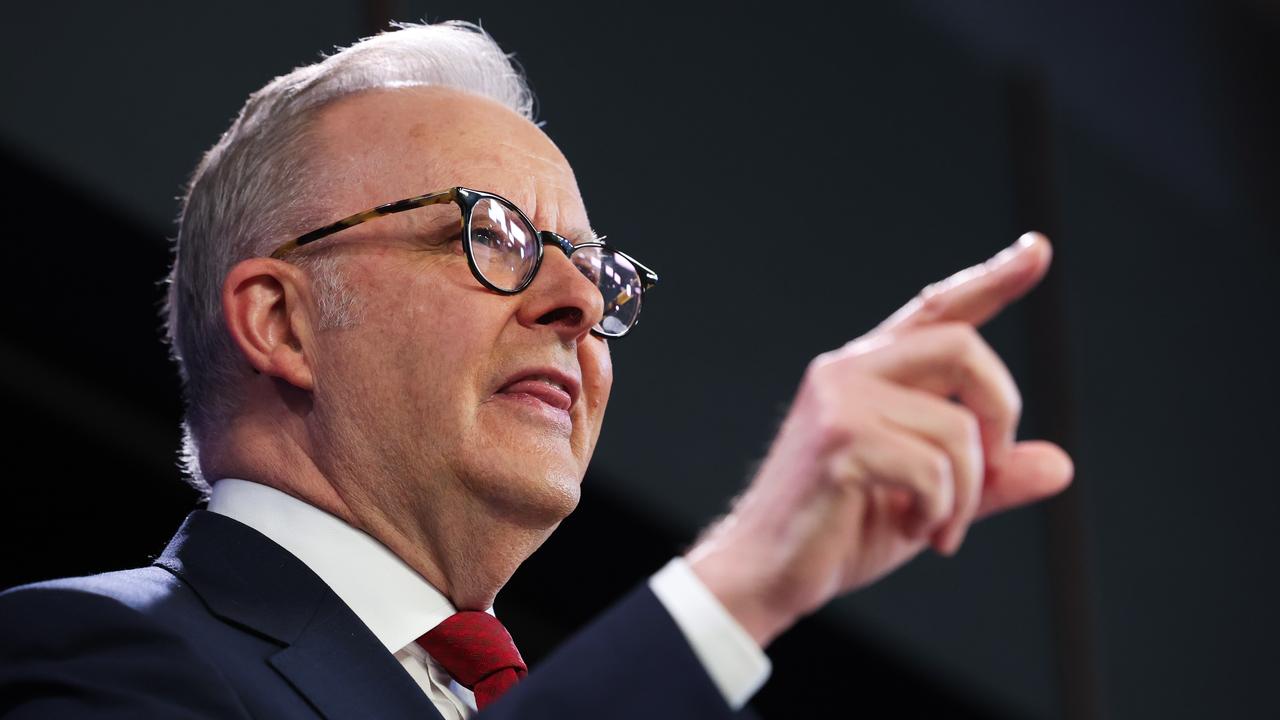Two-tiered corporate tax rate ‘a mess’
EVERYONE’S talking about the benefits, but there is a very big problem with the centrepiece of Joe Hockey’s budget that hasn’t been touched on yet.

EVERYONE’S talking up the benefits, but serious concerns have been raised about the policy at the centre of Joe Hockey’s small business budget.
The 1.5 per cent company tax cut for small businesses is a poorly thought-through measure based on politics, not policy, that will create a “mess of a system” biased against low-profit margin businesses such as manufacturers, economists argue.
John Humphreys, deputy director of the Australian Taxpayers’ Alliance and visiting lecturer in economics at the University of Queensland, says the policy will create a bottleneck where medium-sized firms are “severely punished for success”.
Under the policy, small businesses with a turnover of less than $2 million will only pay 28.5 per cent company tax, down from the standard 30 per cent.
A business with a turnover of $10 million and a 1 per cent profit margin which has a profit of $100,000 will pay $30,000 in company tax, while a firm with a $1 million turnover and profit margin of 10 per cent, also with a profit of $100,000, will only pay $28,500 in company tax.
“It doesn’t make sense that you would treat these businesses differently,” Mr Humphreys said. “It means the tax system will unfairly discriminate against businesses with different models, and it incentivises businesses to sell things at a higher price and lower turnover.
“I never thought I’d disagree with Milton Friedman’s quote, ‘I’ve never seen a tax cut I didn’t like’. I think I’ve found it.” But he stressed he wasn’t entirely opposed to the tax cut. “I’m ambivalent. I just think everyone else can only see the benefits, but they should see the costs as well.”
Mark Hornshaw, economics lecturer at the University of Notre Dame, said the system was badly thought out. “A consulting company, for example, which has very little in overheads and is nearly all profit, will do very well out of this, whereas a manufacturing company which has higher turnover but lower profits will be penalised,” he said.
Paul Burke, economics fellow at the Australian National University, said it would be a step backwards for tax policy and a far cry from the Henry Tax Review’s recommendation of a 25 per cent company tax rate. “We’re moving to a two-tiered corporate income tax system, which no economics textbook would recommend,” he said.
“It’s an additional complication to our tax system and unfortunately it may also destroy some activity because it provides an incentive for businesses to stay small. It’s an unusual cut-off that will lead to unusual activity.”
Mr Humphreys gives the example of a business approaching the threshold. “Consider a firm with a 10 per cent profit margin and turnover of $1.9 million, earning a profit of $190,000 and paying $54,150 in company tax,” he wrote on Tuesday.
“For every additional $10,000 turnover they earn an additional $1000 and pay an additional $285 in company tax, until they reach the threshold. At the point that turnover goes from $1.99 million to $2 million, the firm will earn an additional $1000 in profit but will pay an additional $3285 in company tax, creating a disincentive against growth.”
If that business was approaching the end of the financial year, it creates the very real incentive to for them to close their doors, said Mr Hornshaw. “If the company approaches that threshold, their incentive is to say, ‘No, it’s okay, we don’t need your business.’”
Robert Carling, senior fellow at free-market think tank the Centre for Independent Studies, said thresholds always distort behaviour at the margins. “I’m sure there will be a bit of that going on, but of course it’s not going to stop a $2 million company wanting to become a $10 million company,” he said.
But Mr Carling described the small business tax cut as “tokenism”. “This has come about only because the government wanted to be seen to be reducing company tax, but they find the revenue situation is too weak to reduce it for all companies.”
The ideal situation would have been a 1 per cent company tax cut across the board instead, but giving tax cuts to big business, particularly when the government is trying to crack down on multinational tax avoidance, would have been politically unpopular.
“I think they had settled on this course of action as a revenue measure long before all this fuss about corporate tax avoidance, but it probably became a political decision as well,” Mr Carling said.
Mr Humphreys said he “can’t help but feel it’s a way of the government proving their bona fides”. “They’re saying to the electorate, ‘Don’t worry, we hate big business too.’”




